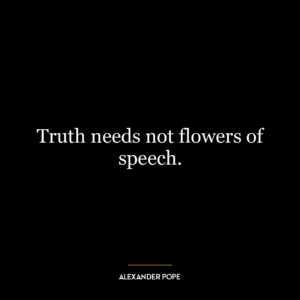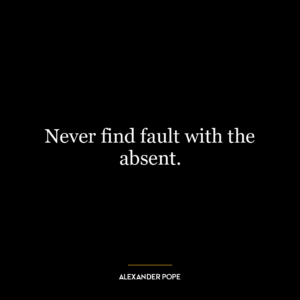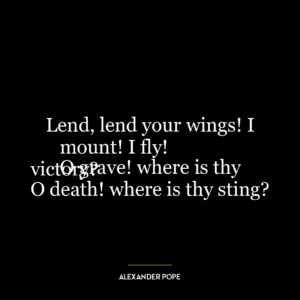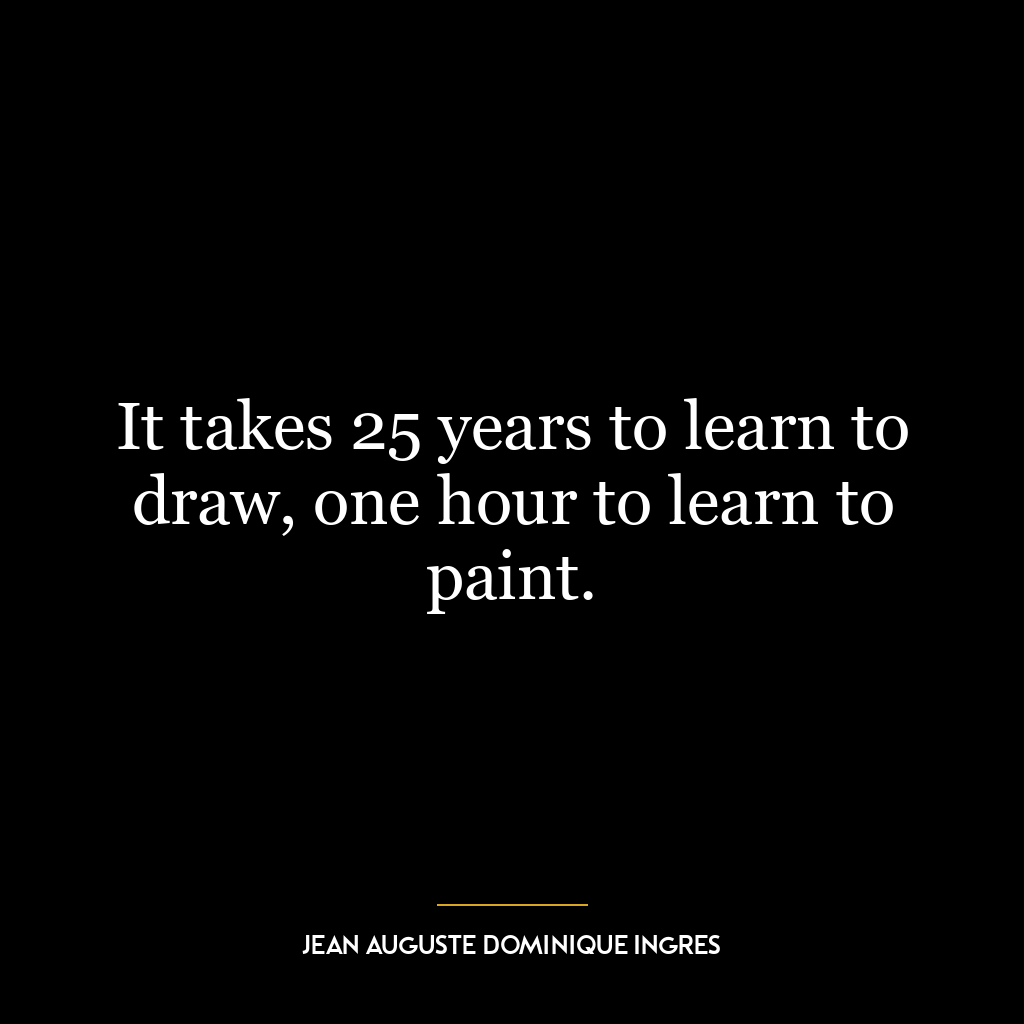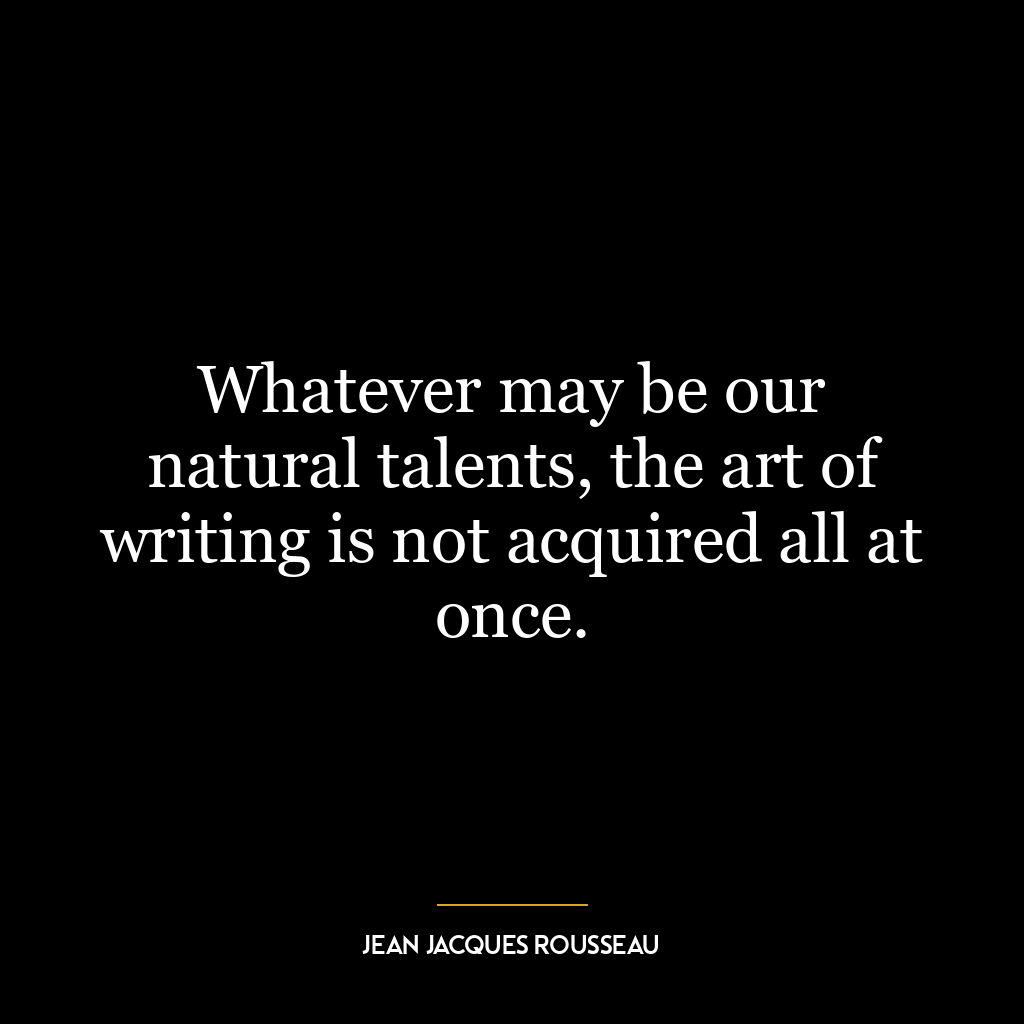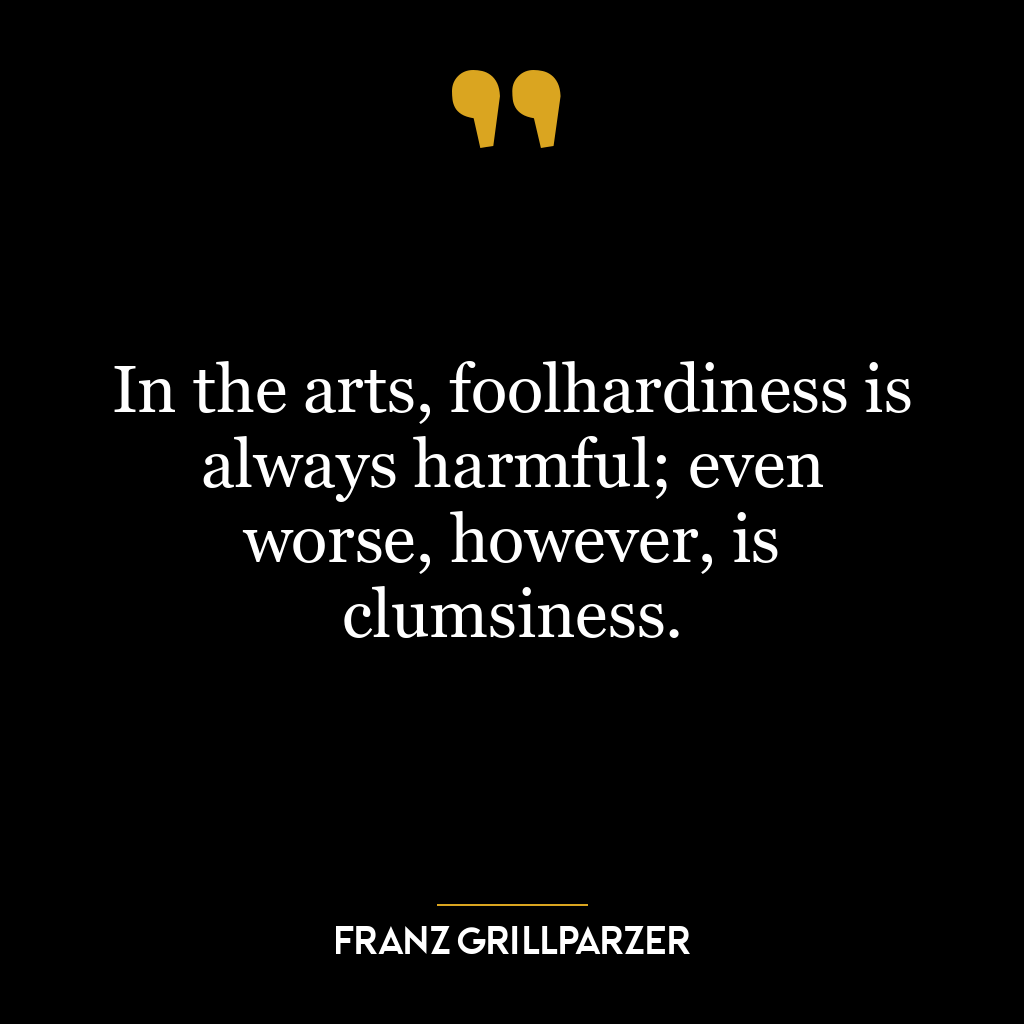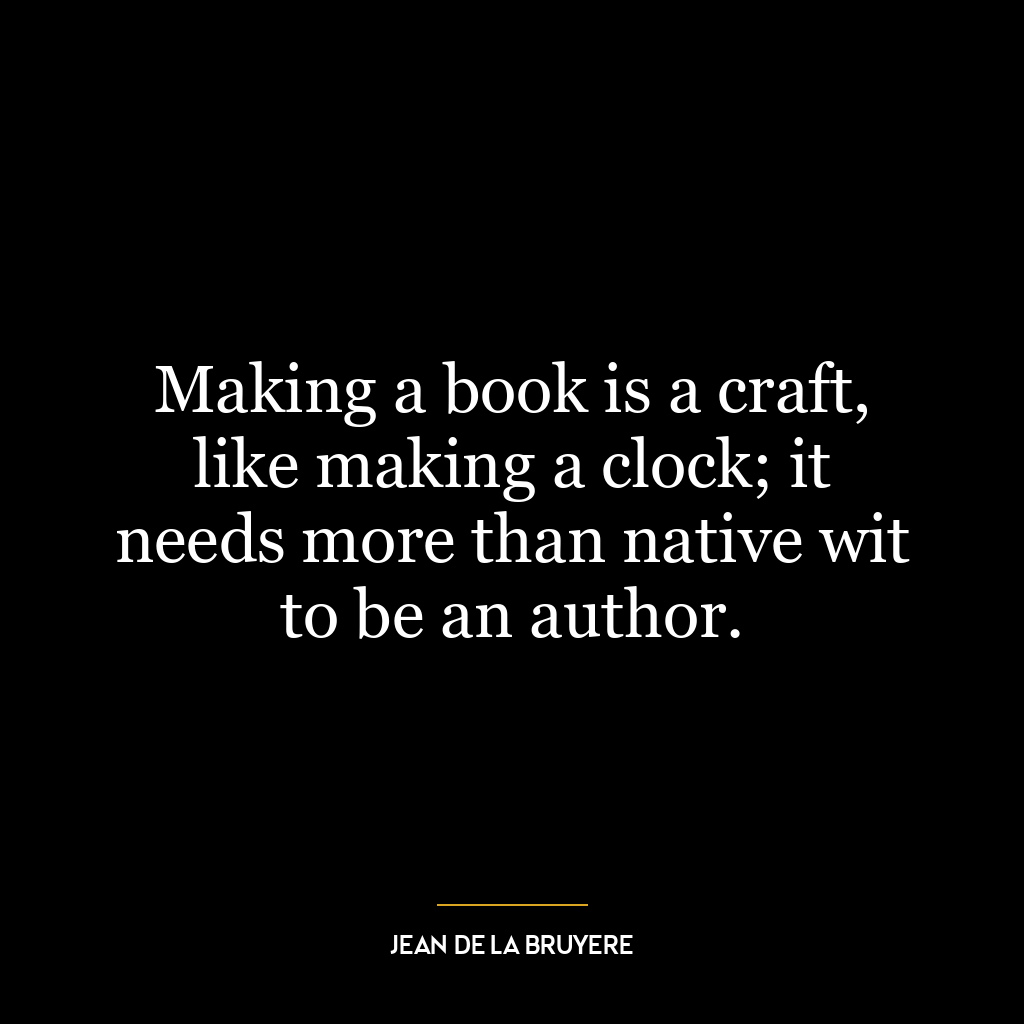This quote is a metaphor that compares the art of writing to the art of dancing. Just as dance requires practice, precision, and understanding of technique, so does writing. The ‘true ease’ in writing refers to the fluency and grace with which one can express their thoughts and ideas on paper. This ease, according to the quote, is not a product of chance or natural talent alone, but rather, it is a skill that must be honed through dedicated practice and mastery of the craft – much like a dancer who practices tirelessly to perfect their movements and rhythm.
The phrase ‘As those move easiest who have learned to dance’ underscores the importance of learning and practice. A dancer’s movements may seem effortless, but behind that ease is countless hours of practice, discipline, and understanding of the art form. Similarly, a well-written piece may read smoothly and naturally, but it is the result of careful crafting, editing, and understanding of language and literary techniques.
In today’s world, this quote can be applied to many areas beyond writing and dancing. It emphasizes the value of learning, practice, and mastery in any field. Whether it’s coding, public speaking, painting, or even cooking, achieving ‘ease’ or proficiency is not a matter of chance or talent alone, but a result of dedicated practice and continual learning.
In terms of personal development, this quote advocates for patience, discipline, and commitment in the pursuit of mastery. It encourages us to see skills not as inherent talents, but as crafts that can be improved over time. This perspective can foster a growth mindset, where challenges are seen as opportunities for learning and improvement, rather than as barriers to success. It reminds us that the path to expertise may be long and arduous, but with dedication and practice, we can achieve a level of ease and fluency that appears effortless to others.





